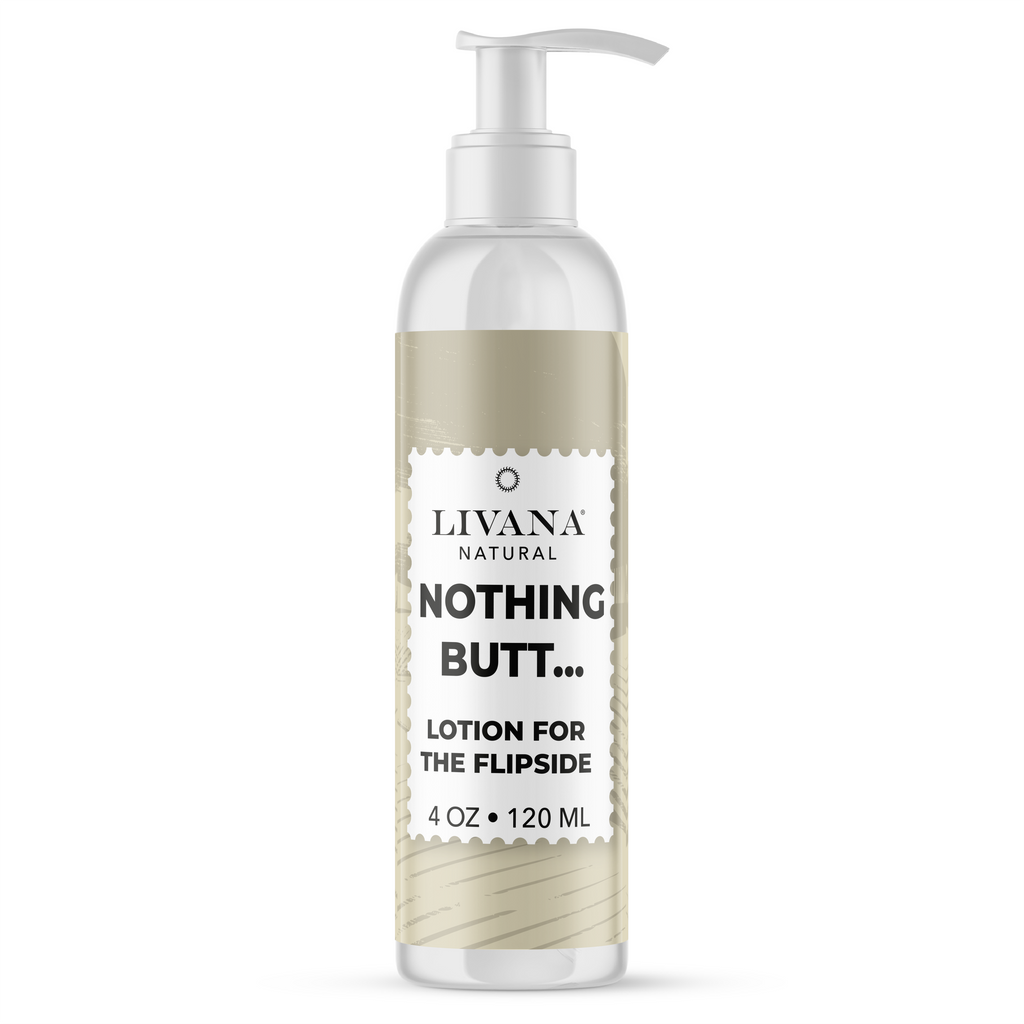What to Use to Get Rid of Butt Acne: Essential Tips and Tricks?
Butt acne, often referred to as 'buttne,' is a common yet often overlooked issue that can cause discomfort and embarrassment. As a beautician, it is vital to understand how to address this problem effectively. This article delves into what to use to get rid of butt acne and provides actionable tips to ensure your clients achieve clear skin.
Understanding butt acne is essential for providing the best advice to your clients. Butt acne is caused by clogged hair follicles and can be exacerbated by various factors, including sweating, friction from clothing, and bacteria. Let's dive deeper into what your clients can do to combat this condition.

Understanding the Causes of Butt Acne
Before diving into treatments, it's essential to recognize the root causes of butt acne. Understanding these factors can guide your clients on the path to clearer skin.
Pore Blockage
Pores can become clogged due to an accumulation of dead skin cells, oil, and bacteria. Exfoliating the area is crucial. Suggest gentle scrubs or exfoliating products that contain salicylic acid for effective results.
Friction and Sweat
Friction from tight clothing or prolonged sitting can irritate the skin, leading to acne. Recommend breathable fabrics and encourage clients to avoid sitting for too long on surfaces that promote sweating. Read more about prevention.

What Products to Use for Treatment
There are various products to address butt acne, and beauty professionals should recommend tailored solutions based on skin type.
Exfoliating Products
Introduce clients to chemical exfoliants like glycolic acid and salicylic acid. These acids help to clear away the dead skin and prevent pore clogging. Daily use can significantly improve skin texture.
Topical Treatments
Over-the-counter topical treatments containing benzoyl peroxide can help reduce the bacteria on the skin and minimize breakouts. Encourage clients to test a small area before full application, as some individuals may have sensitivities.

Home Remedies and Natural Approaches
For clients who prefer natural solutions, several home remedies can be beneficial.
Tea Tree Oil
Tea tree oil has antibacterial properties and can help reduce inflammation. Suggest diluting tea tree oil with a carrier oil before applying to avoid irritation.
Aloe Vera Gel
Aloe vera is known for its soothing properties. It can help moisturize the affected area while providing relief from redness and irritation.

Skin Care Routine Recommendations
Clients should establish a regular skincare routine to keep their skin healthy. Here are some recommendations:
Shower Regularly
Encourage clients to shower after sweating, especially after workouts. This practice helps to reduce the accumulation of sweat and bacteria on the skin.
Use Gentle Soap
Recommend soap or body wash that is free of harsh chemicals. Look for products labeled as non-comedogenic, which means they won't clog pores. For more information, check this article on body wash safety.
When to Seek Professional Help
If clients experience persistent butt acne, it may be time to seek professional guidance. A dermatologist can prescribe stronger medications if necessary.
Signs Clients Should See a Dermatologist
- Severe redness or swelling
- Persistent breakouts despite at-home treatments
- Signs of infection, such as pus or draining wounds
FAQ Section
What causes butt acne?
Butt acne is typically caused by clogged pores, friction from clothing, and sweating. It's essential to understand each client's unique situation to provide the best recommendations.
Can butt acne be treated at home?
Yes, various over-the-counter treatments and home remedies, like tea tree oil and aloe vera, can effectively control butt acne. A consistent skincare routine is essential.
When should I see a doctor for butt acne?
If the acne persists despite at-home treatment or shows signs of infection, a visit to a dermatologist is recommended for professional evaluation and treatment options.
As an Amazon Associate, I earn from qualifying purchases.

